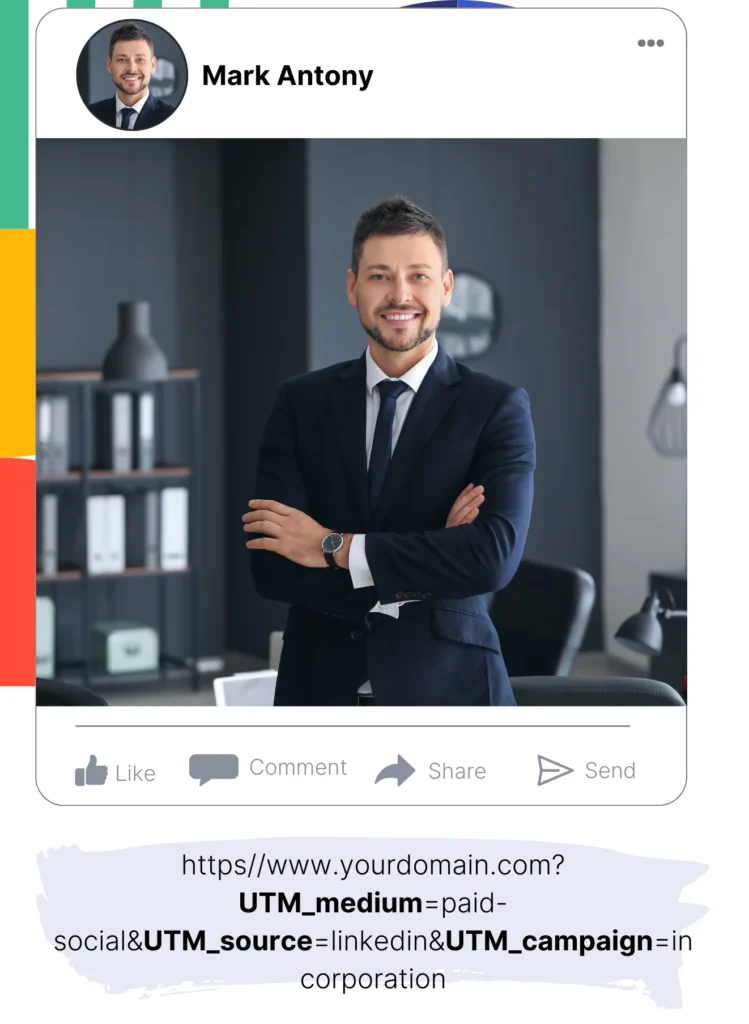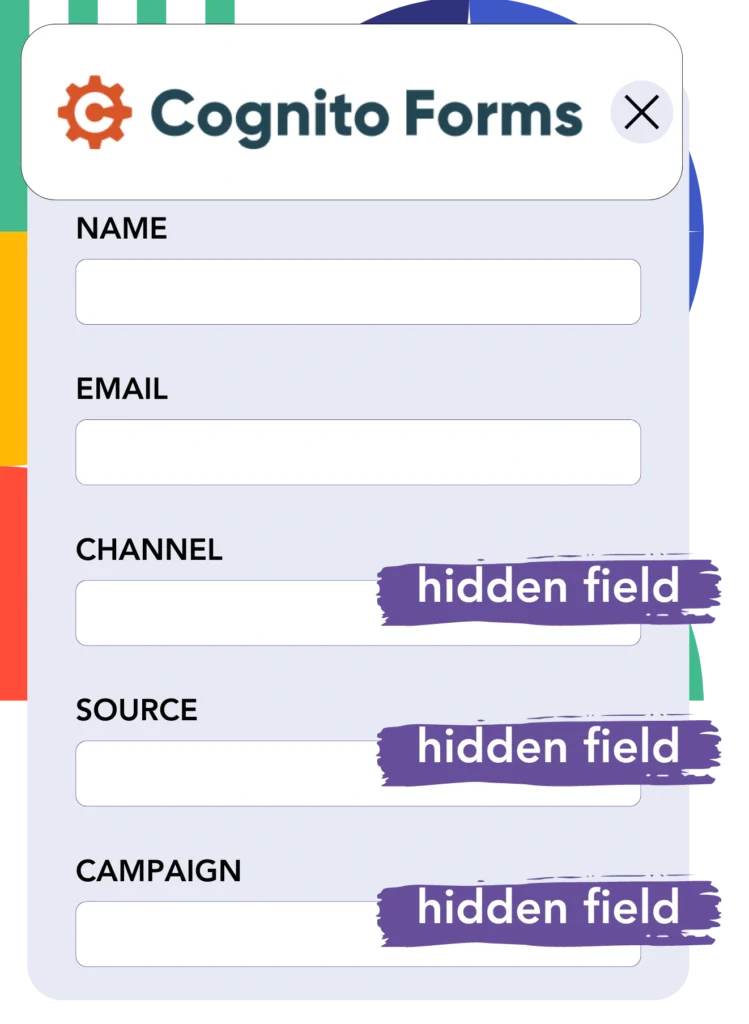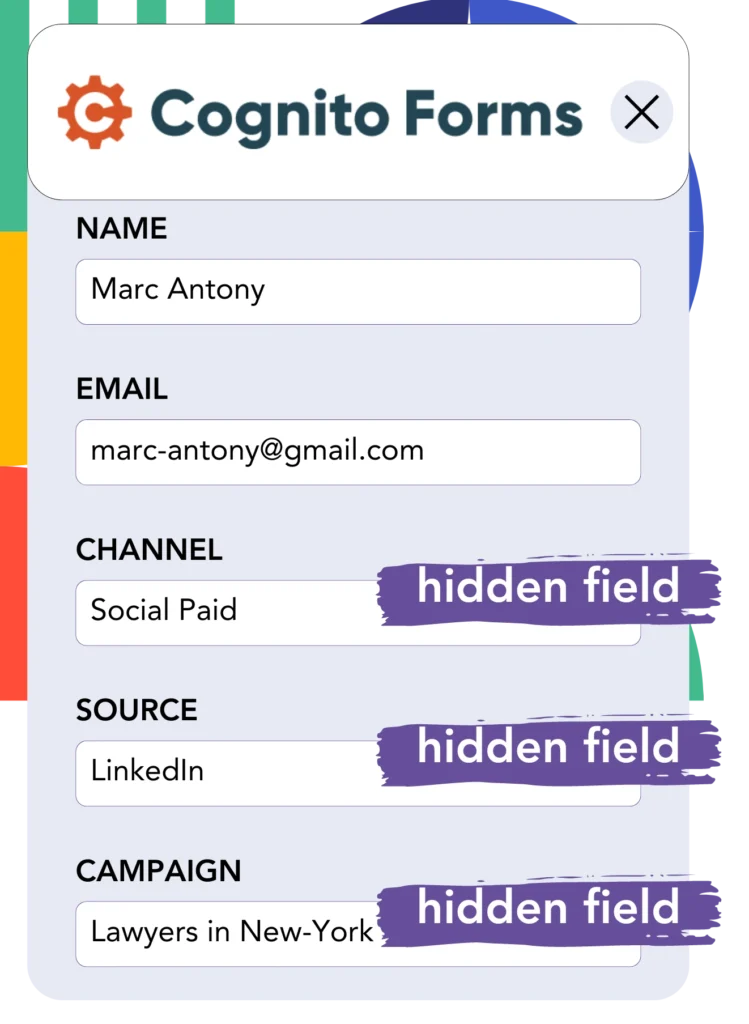Are you spending on LinkedIn ads but struggling to find out which specific ad led to your leads, sales, and revenue?
You’re aware of the total leads generated from each LinkedIn ad, but getting specific with lead-level details isn’t feasible.
As a result, you don’t know which LinkedIn ad contributed to leads converting into customers, restricting your ability to optimize spending.
Leadsources is the key to solving this problem.
Your LinkedIn ads data, campaign, audience, ad, etc., is thoroughly captured by Leadsources down to the specific lead level.
You can efficiently store LinkedIn ad data, including campaign, audience, and ad information, for each lead in Cognito Forms.
With reports like “Ads that generated the most leads,” you can make data-driven decisions on which ads to promote or discontinue.
Let’s dive into it!
Capture LinkedIn ads in Cognito Forms
Step 1: Add Leadsources in the head tag of your website

Sign up to Leadsources.io, and benefit from our 14-day free trial.
Insert Leadsources tracking code to the head tag of your website.
No code is necessary, follow this easy step-by-step guide.
Step 2: Add the UTM parameters to your LinkedIn campaigns

Position the UTM parameters you want to monitor in every one of your LinkedIn ads, including campaign, audience, ad, etc.
As an example, consider integrating these UTM parameters into the links of your LinkedIn ads:
- UTM_source
- UTM_campaign
- UTM_term
- UTM_content
Recognize that Leadsources collects lead source data, even in the absence of UTM parameters, such as channel, landing page, and landing page subfolder, ensuring a comprehensive overview of your leads.
Step 3: Add the hidden fields in Cognito Forms

As soon as someone submits your Cognito Forms form, Leadsources populates the hidden fields with the relevant LinkedIn ads data, including campaign, audience, ad, etc.
Utilize our detailed guide to integrate hidden fields in Cognito Forms to ensure your setup is fully completed.
Following this, the LinkedIn ads data is efficiently stored in your Cognito Forms form by Leadsources (see Step 4 for more information).
Step 4: Capture the LinkedIn ads data in Cognito Forms

Leadsources gathers LinkedIn ad data (campaign, ad set, audience, ad, etc.) each time a visitor clicks on your LinkedIn ad and subsequently visits your website.
The automatic addition of LinkedIn ads data into your Cognito Forms form’s hidden fields is facilitated by Leadsources.
When the form is submitted, the associated LinkedIn ads data is sent to the Cognito Forms submissions page alongside the form’s responses for every lead generated.
How does Leadsources work?
By incorporating the Leadsources tracking code in your site’s head tag, you can effectively gather LinkedIn ads data (campaign, audience, ad, etc.) for each visitor to your website.
The integration allows for the LinkedIn ads data to be stored in the hidden fields of your Cognito Forms form following its capture.
Leadsources will ensure the collection of the following visitor data:
- Channel
- Source
- Campaign
- Content
- Term
- Landing page
- Landing page subfolder
This allows you to maintain an understanding of key lead source details, even when UTM parameters are not usable, particularly when traffic originates from organic sources such as:
- Google Search
- Instagram bio link
- Social media posts
- Etc.
Although most tools need UTM parameters to gather lead information, Leadsources is capable of robust tracking of your lead source even when they are not used.
As a result, Leadsources can track lead data from every channel, setting it apart from other tools:
- Organic Search
- Paid Search
- Organic Social
- Paid Social
- Referral
- Affiliate
- Display Advertising
- Direct Traffic
This assists you in tracking and centralizing all lead source data into a unified location.
Pro tip:
Track LinkedIn ads in your favorite online form builder, including Gravity Forms, Jotform, Typeform, or WPForms. Using another online form builder? Check our guide on how to track LinkedIn ads in your form.
How to run performance reports
Now that Cognito Forms has saved your LinkedIn ads data, you can compile performance reports like:
- Leads per campaign
- Leads per Ad set
- Leads per audience
- Leads per ad
- Etc.
This helps you make better-informed decisions regarding your LinkedIn budget.
Let’s take a closer look at the different types of reports you can generate.
1. Lead performance reports
You can run reports to display the total number of leads generated from:
- Channel
- Campaign
- Ad set
- Audience
- Ad
- Landing page
- Landing page subfolder
Example #1
You can gather data from campaigns across multiple channels (SEO, Social Paid, Email, etc.) and create a report named “Leads by Channel.”

Example #2
Once you determine the most effective channel (e.g., LinkedIn ads), you can focus on it to analyze the lead count from each specific campaign.

Example #3
After you recognize the campaign with the greatest lead generation, you can analyze which specific LinkedIn audience, campaign, or ad is producing these leads.

2. Sales performance report
Recognizing trends in LinkedIn ads and audience performance supports data-driven decision-making. But are these trends directly connected to improvements in sales and revenue?
A CRM (such as GoHighLevel) provides the tools needed to evaluate lead generation success effectively. Thus, you can create meaningful sales reports that reflect your LinkedIn ads data (campaign, ad, audience, etc.).
Check on this example:
| Channels | Search Paid | Social Paid |
| Leads | 50 | 75 |
| Sales | 5 | 6 |
| Average order value | $150 | $100 |
| Revenue | $750 | $600 |
The results presented in the “Leads by Channel” report further validated the conclusion that Social Paid ads on LinkedIn are more effective for lead generation than Search Paid ads.
Your review of the sales and revenue data from the CRM export confirmed that the Search Paid channel generated more revenue, even though it attracted fewer leads. This suggests that adjusting the Search Paid budget could be beneficial.
Furthermore, you have the ability to review reports that highlight the correlation between leads and revenue:
- Sales and revenue by source
- Sales and revenue by campaign
- Sales and revenue by content (aka. ad)
- Sales and revenue by term (aka. audience)
- Sales and revenue by landing page
- Sales and revenue by landing page subfolder
LeadSources tracks the source of each lead in Cognito Forms, whether they come from ads, organic search, social, email, etc. and syncs that data with each submission. See the full breakdown on the lead source in Cognito Forms page.

